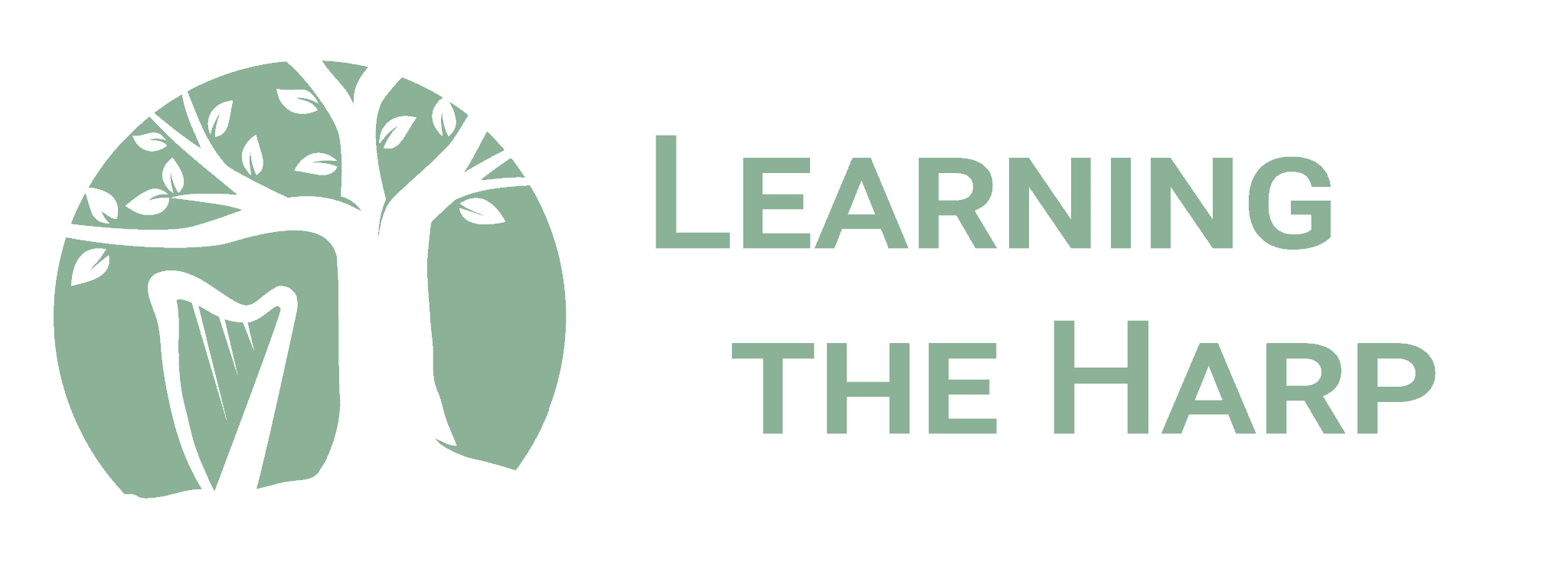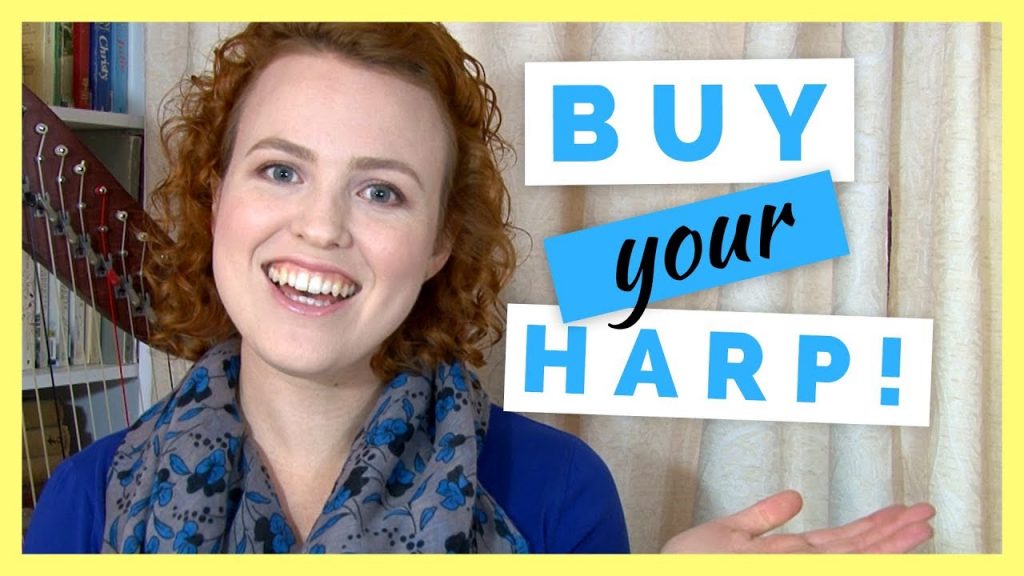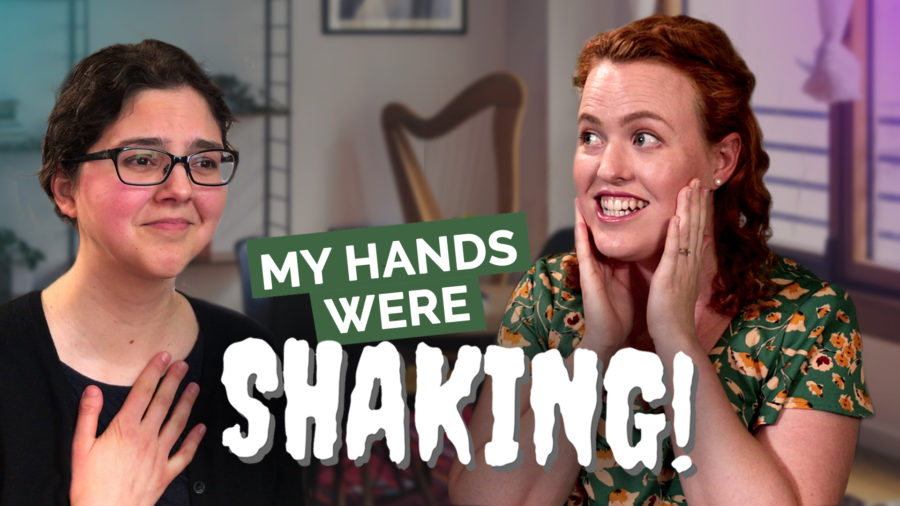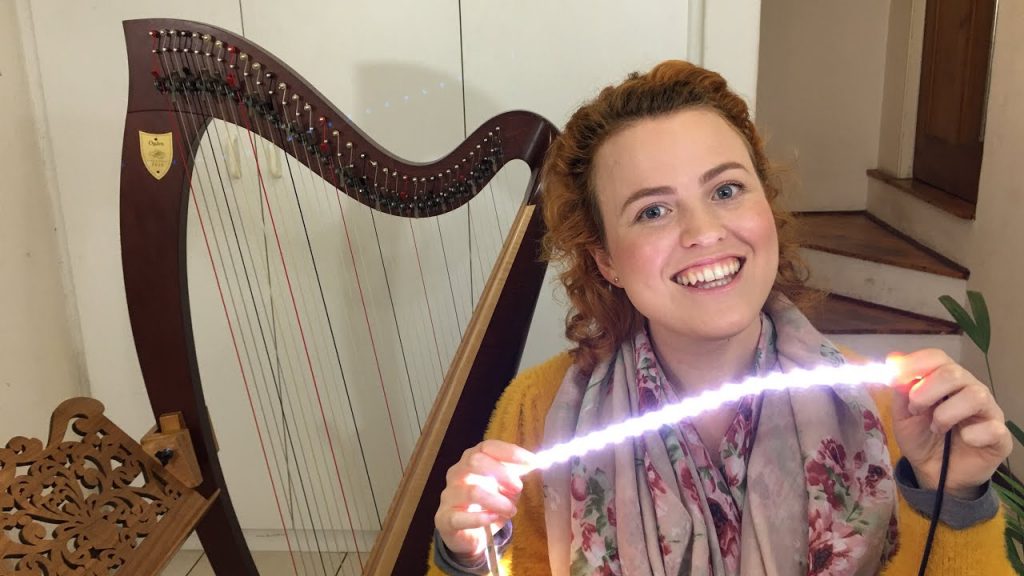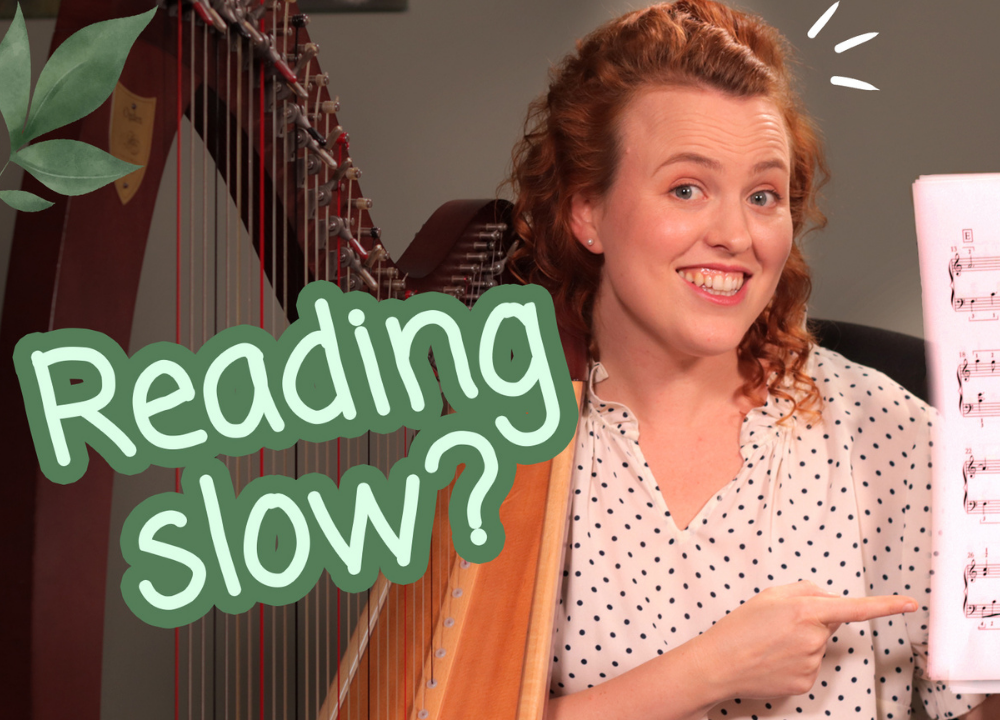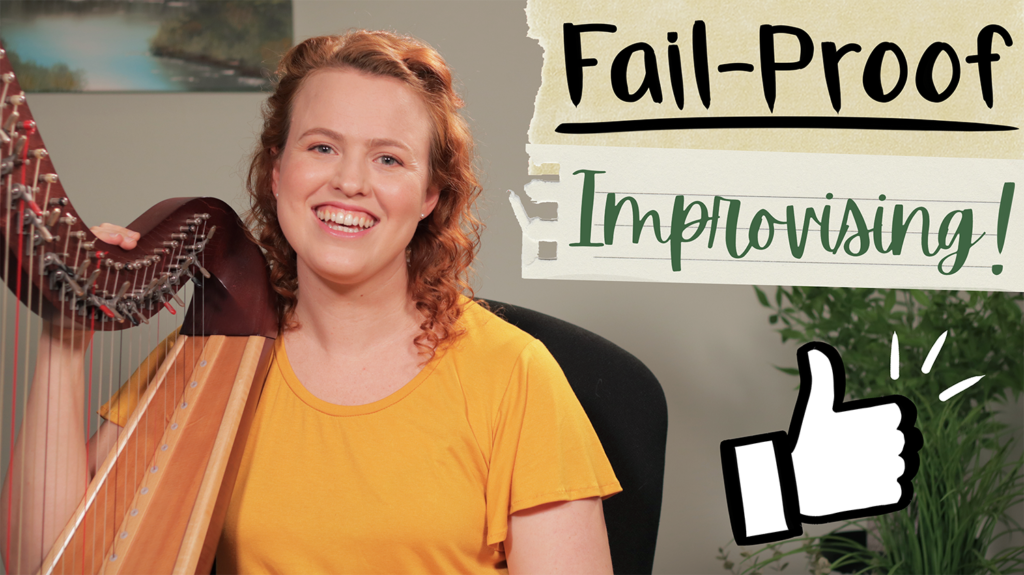10 Practice Tips for Harpists!
Many harp players feel guilty that they are not practicing enough, but often you’re just not practicing smart enough! So today we’re going to look at some helpful practice strategies to get you practicing smarter.
When I started learning the harp I progressed really quickly, and a big reason for that was because I learnt very helpful practice strategies from many years of playing other instruments.
So, I want to share some of those with you here today!
Before we get started, I want you to know that there are many ways to practice your harp, and I have seen how differently people progress depending on how they approach their practice time.
There are 3 important areas of harp practice:
- How we structure our environment
- How we structure our time – I.e., Time spent practicing technique vs Time spent practicing pieces
- How we practice our pieces – what strategies we use.
Today we can’t go into all three areas, but we are going to look at 10 strategies that will help you to practice your pieces.
I’m going to go over them quite quickly, but if you would like to find out more about each one, you can click on the underlined hyperlinks below to see more videos about those topics.
Now let’s get into these 10 strategies!
Tip 1 – Analyze to Understand
Analyze your piece to understand everything:the rhythm, any kind of directions written in the piece and the key signature. This is a great way to help you get started on the right track. After all, if you don’t understand the basics of the piece, the rest will become much more difficult.
Tip 2 – Experiment and write notes
When you are tackling a new piece, sometimes you have to experiment with different fingering, phrasing and bracketing. Make sure that when you figure out what works best for you, that you write it into the music. This will help you to remember it every time you practice and play, so that you can play it the same every time.
Tip 3 – Practice with Hands Separately – but not for too long!
Learn the notes with hands separately so that you can figure out exactly what you’re doing. But don’t learn whole long parts of the piece with each hand before adding them together – that makes it extra hard make the two hands into one united whole. Put the hands together measure by measure and repeat until it feels completely comfortable; don’t rush on until it feels second nature.
Click here to learn how to play your harp with hands together without pauses!
Tip 4 – Practice Super Slowly
Do it really slowly so you can be conscious of how you are playing each part. It might seem boring, but it really does make a difference if you are disciplined about this! You’ll end up playing more smoothly in the end if you can slow down and really work on getting every part right.
Tip 5 – Chunking
Choose very small sections of your piece and make sure you play them through five or ten times perfectly before you move on to the next section. Then you can add the sections together and chunk those too. You can keep track of this in different ways; some people do it with sweets or with beads, or stones – get creative!
Watch this video to find out more about chunking – it’s such a powerful practice tool that I use all the time.
Tip 6 – Squeeze and Release
Find all the notes that are within a bracket, and place all your fingers on those notes at the same time. Squeeze them and then release them without actually playing. Through repetition of this technique, you’ll get really good at placing your fingers.
Tip 7 – Block Chords
Identify the note that are under a bracket and play all those notes as a block chord. You can go through your whole piece like this to practice your placing and playing.
Click here to find out more about how to use Squeeze & Release + Block Chords to get really quick at placing your fingers on the strings.
Tip 8 – Practice Spots
Find that little part of the piece that is most difficult for you and make a note of it. You can draw a circle around it and make sure you always spend way more time practicing that little section than the rest of the piece.
A quick note before we continue: Did you know, there are other harp players who are going through the same struggles with practicing? Our Learning the Harp community is a great place to ask questions, share tips and learn together. Click here to create a free account and join in the fun!
Tip 9 – Metronome Practice
This is super effective, especially if you struggle with rhythm. Become friends with your metronome and practice playing in time with it and you’ll see amazing results. It helps you to keep playing steadily, even in the tricky places in your piece. It can help you identify where you usually pause to look for the next notes.
Tip 10 – Look in the mirror
The final tip for today is to look in the mirror. One of my students always has mirrors set up when she’s practicing, and it’s so effective! Her technique looks really amazing. So give that a try and let me know what you think.
I hope these tips were helpful. Type a comment down below to tell us which of these tips you are most excited to try! If you’re already using some of these strategies, let us know how they help you.
You can also find loads more videos and tips on my YouTube Channel, or over on the Learning The Harp Video Library
Happy practicing 😊
